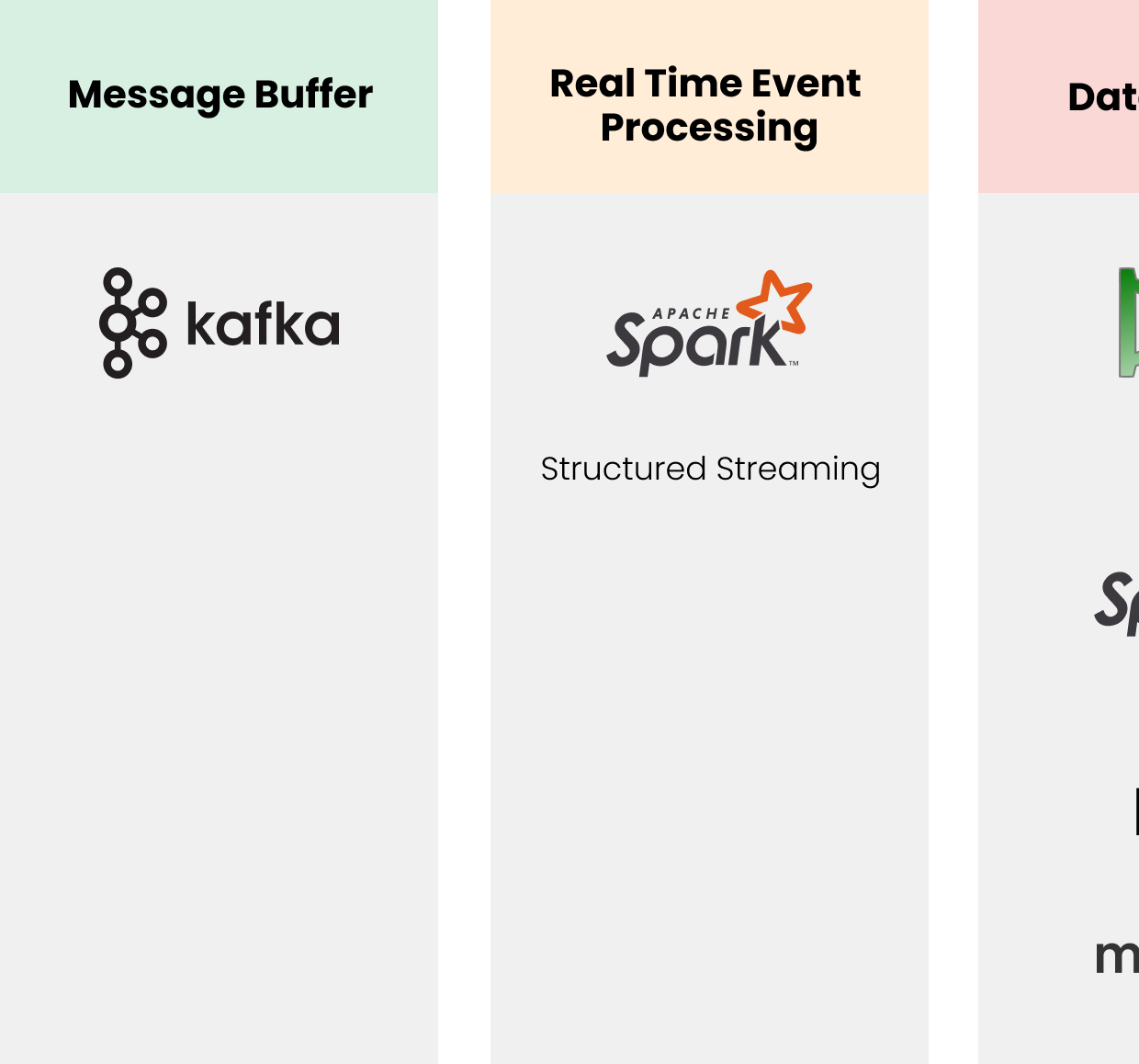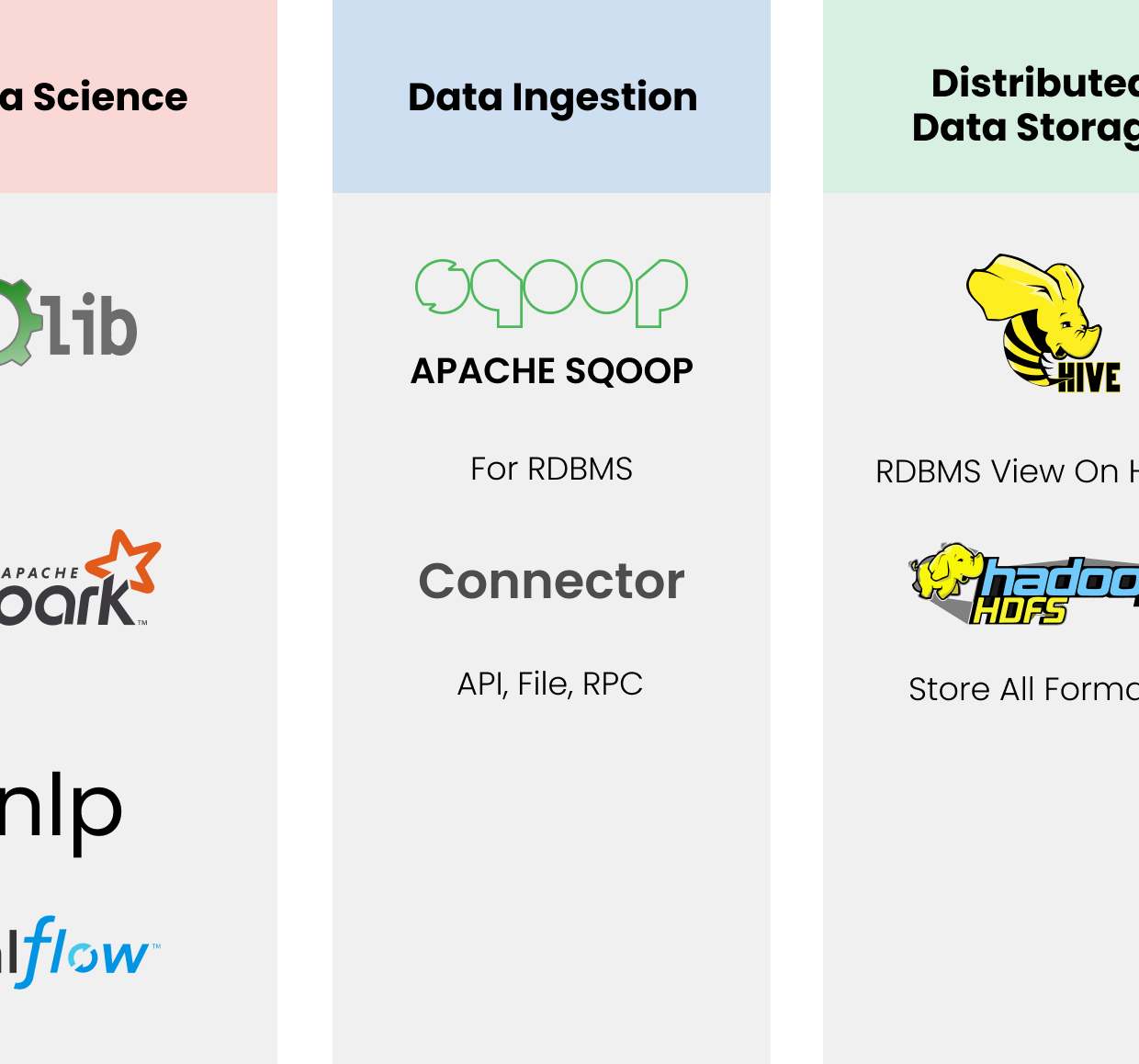Revolutionizing NOC Operations
for the Telecom Industry

- Company
- Domain
- Service
- Technology
- Platform
Introduction
“The Pace Of Evolution In IT, Their Experience Of Working In Environments With An Absence Of Fully Functioning Network Capabilities”
Problem Statement
Simplifying NOC Operations and network states through automated, deep insight driven AI-ML systems

Overview
Auto suggestions for ticket key metrics
For reduced human error and analysis of assigned values
Automated alarm correlation and RCA
For faster alarm detection
Digitally managed KPIs and inventory insights
For a holistic view of network corresponding alarms
“Common Challenges And Network Problems From An NOC Operator’s Perspective, The Role Of AI And ML In Enabling Agile, Multitask-Able Environments”
AI-ML Approaches top level view
App and Data Architecture
Authentication Module
Responsible for user authentication and session management
Alarm Module
Responsible for showcasing alarm details, correlation and summaries
Ticket Module
Responsible for providing network ticket summary in a specific timespan
KPIs Module
Responsible for providing KPI by Vendor-Region-Site-Cells
AI Studio Module
Responsible for workspace management, data preprocessing and training configuration
Databases
MongoDB, MySQL, Redis. A cumulation of these three ensures secure information storage, proper reporting of microservice metadata and seamless communication between various tools and services
Data Engineering
This drives the correlation of alarms, resolutions, time series predictions and anomaly identification. Network outages based on voice call drop, weather conditions and data speed can thus be preemptively predicted
Frontend
Based on an angular framework, this is created using the Google maps library.
“Experience Of How App Development Is Evolving Nowadays,
And What Developers Can Do Better To Ensure A Seamless Frontend And Backend.”
with the correct definition and format of data, such that there is no lag between its inflow and outflow.
The app functions on five data processing pipelines including the following:
KPI Data Processing Pipeline
Responsible for time series prediction of KPI future value and anomaly prediction as per the ML model. It also decides the backend processing for the same
Ticket Data Processing Pipeline
Responsible for finding out RCA, resolution classification, group classification and problem category classification
Alarms Data Processing Pipeline
Responsible for pushing alarm data to kafka through the app, finalise on alarms schema, design alarm dependencies and display the results in an alarm dashboard
CRQ Data Processing Pipeline
Responsible for reading CRQ Data and corresponding the same to input CRQ records
Inventory Data Processing Pipeline
Responsible for aligning input inventory data table with lookup tables in Redis, design data processing and implementing data processing models
“The Importance Of Having Different Data Libraries In Place, Their Experience In Making This Solution What It Is And Tips For Developers To Keep In Mind For Similar Future Solutions.”
When creating web applications, developers have a plethora of tech tools, solutioning mechanisms and libraries to choose from. The final decision making needs to rest upon a thorough understanding of the tool, the ways in which they interact with the environment, specific use cases and direct impact areas.

Open source Big Data Toolset

The frontend interacts with the backend using APIs and HTTP service communication. the backend is designed in a node.js framework, with code level security and continuous code scan processes for catching vulnerabilities at regular intervals.
The end result of this activity was a highly efficient singular dashboard for NOC operators, which allowed them to access information related to requests, tickets and status updates visible in real time on a single screen. This not only saves the effort on the operator’s part, but also frees up their time. An easily manageable application infrastructure built on a microservices architecture makes for unparalleled customer experiences. With a promise of end to end delivery, this solution is a holistic approach towards ensuring not just customer satisfaction but customer delight – it has the potential to bring in new business, attract more consumers and ensure seamless delivery throughout.

Company
Japan’s leading telecom
service provider
Domain
Telecom & Networking
Service
Solution Engineering
Technology
Angular, MongoDB, NodeJS, Financial Tracker, Mobile, Android, Cloud
Platform
Mobile

Auto suggestions for ticket key metrics
For reduced human error and analysis of assigned values
Automated alarm correlation and RCA
For faster alarm detection
Digitally managed KPIs and inventory insights
For a holistic view of network corresponding alarms





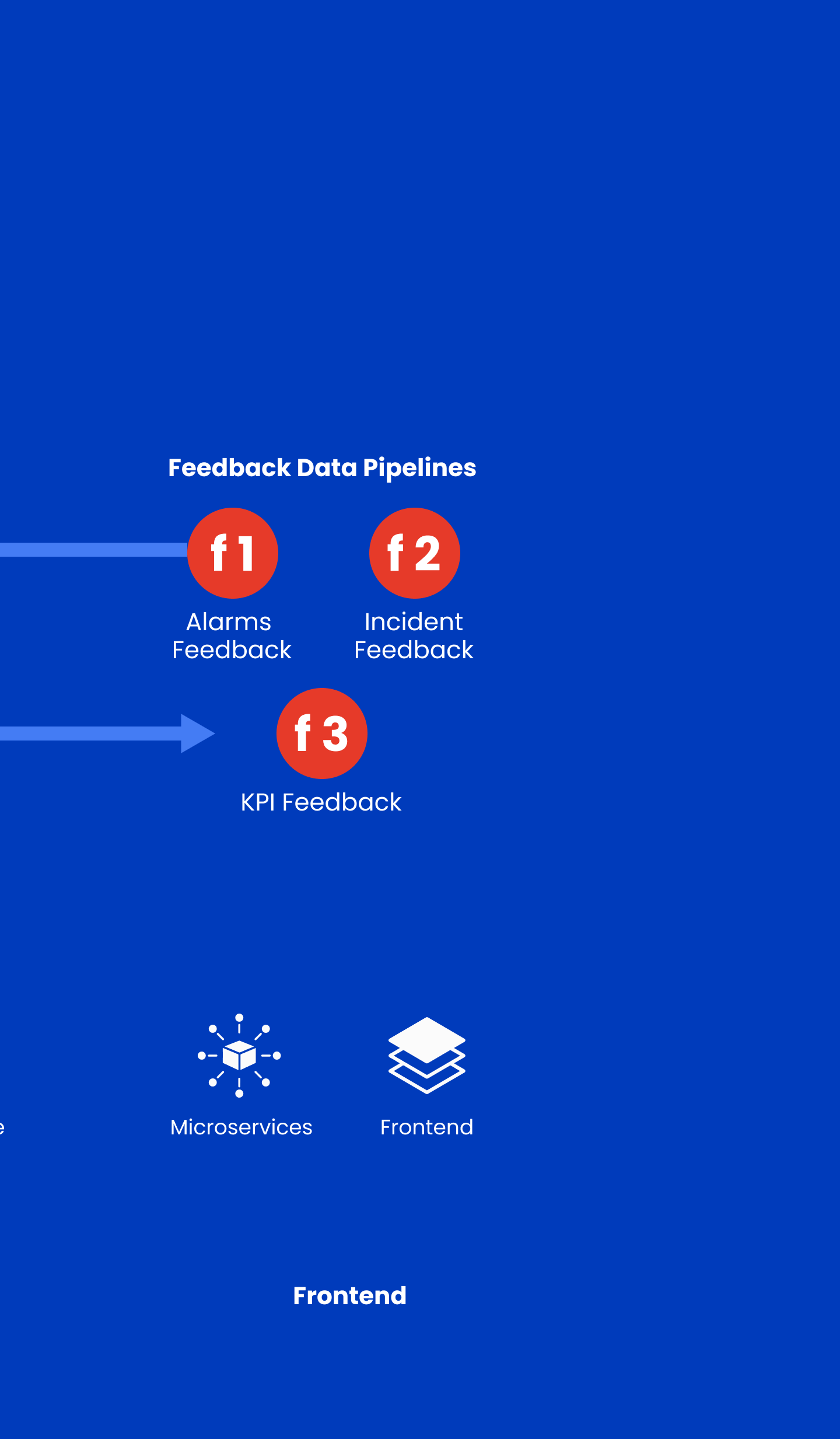
Authentication Module
Responsible for user authentication and session management
Alarm Module
Responsible for showcasing alarm details, correlation and summaries
Ticket Module
Responsible for providing network ticket summary in a specific timespan
KPIs Module
Responsible for providing KPI by Vendor-Region-Site-Cells
AI Studio Module
Responsible for workspace management, data preprocessing and training configuration
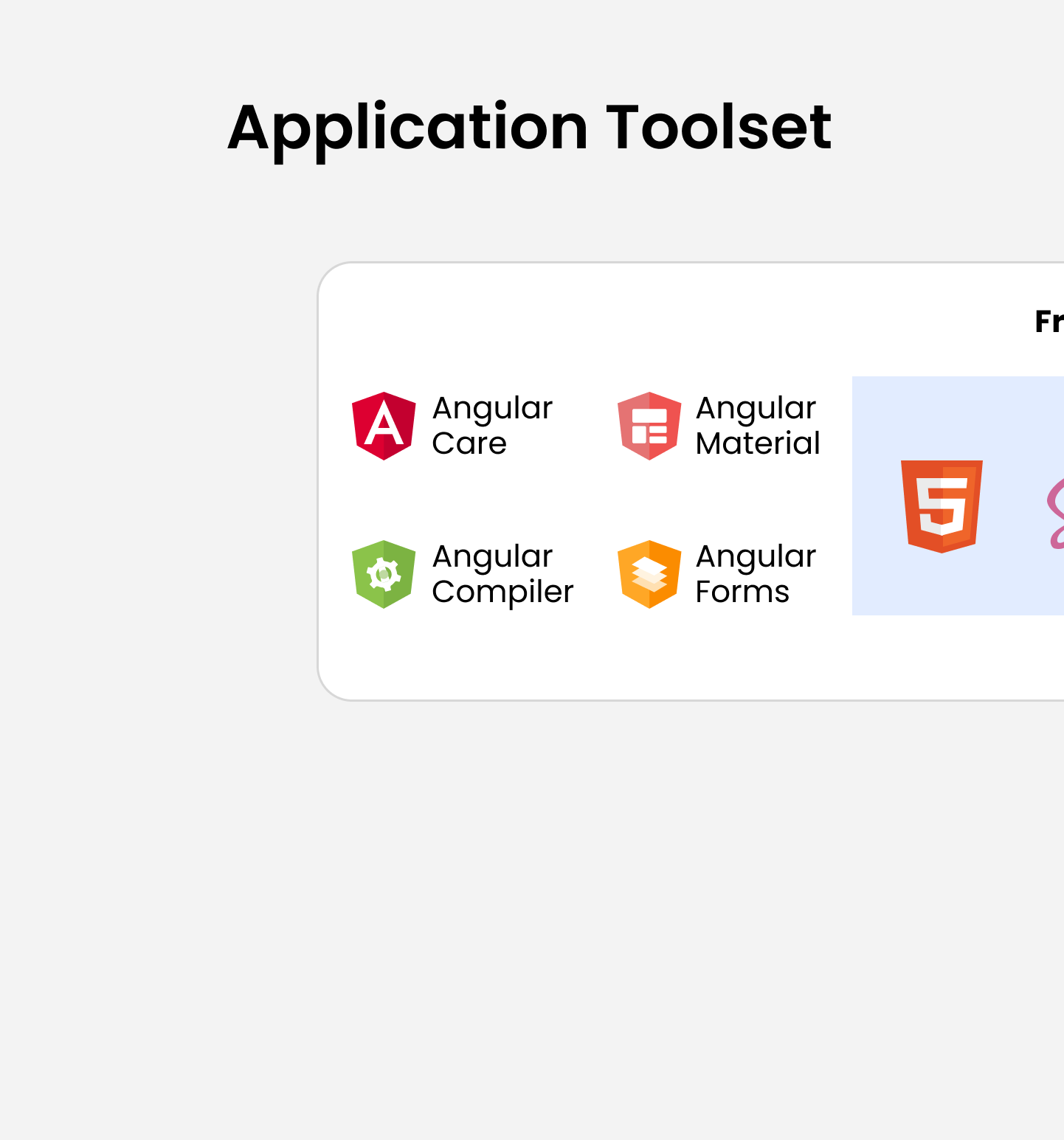







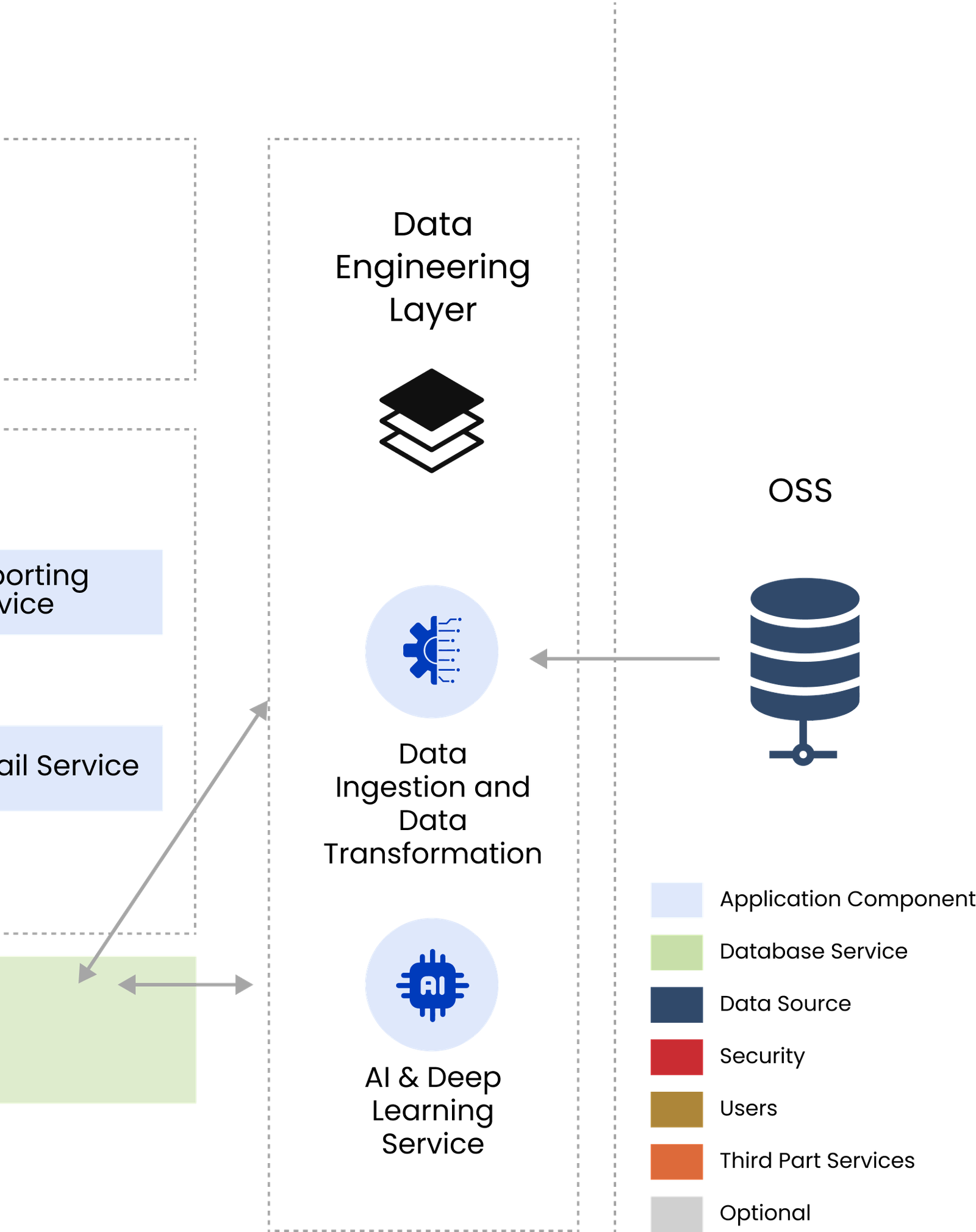
Databases
MongoDB, MySQL, Redis. A cumulation of these three ensures secure information storage, proper reporting of microservice metadata and seamless communication between various tools and services
Data Engineering
This drives the correlation of alarms, resolutions, time series predictions and anomaly identification. Network outages based on voice call drop, weather conditions and data speed can thus be preemptively predicted
Frontend
Based on an angular framework, this is created using the Google maps library.
KPI Data Processing Pipeline
Responsible for time series prediction of KPI future value and anomaly prediction as per the ML model. It also decides the backend processing for the same
Ticket Data Processing Pipeline
Responsible for finding out RCA, resolution classification, group classification and problem category classification
Alarms Data Processing Pipeline
Responsible for pushing alarm data to kafka through the app, finalise on alarms schema, design alarm dependencies and display the results in an alarm dashboard
CRQ Data Processing Pipeline
Responsible for reading CRQ Data and corresponding the same to input CRQ records
Inventory Data Processing Pipeline
Responsible for aligning input inventory data table with lookup tables in Redis, design data processing and implementing data processing models

